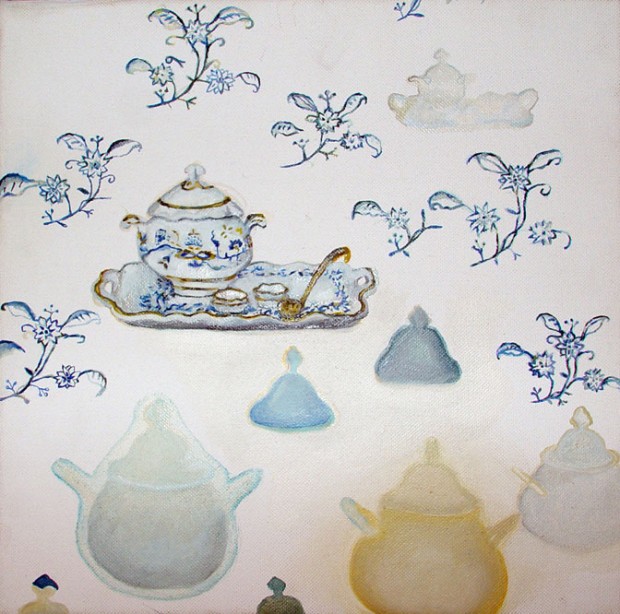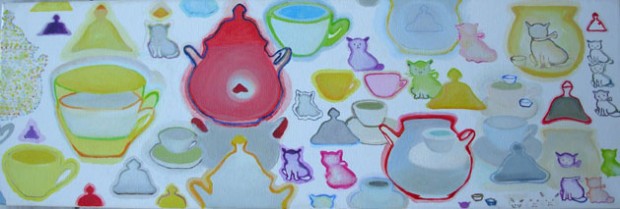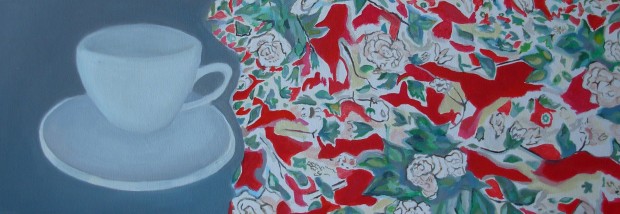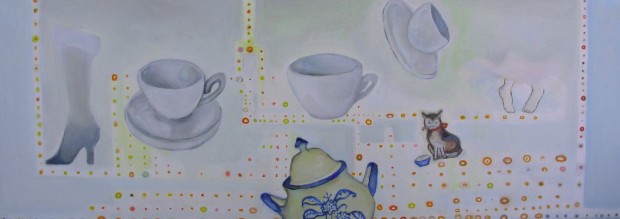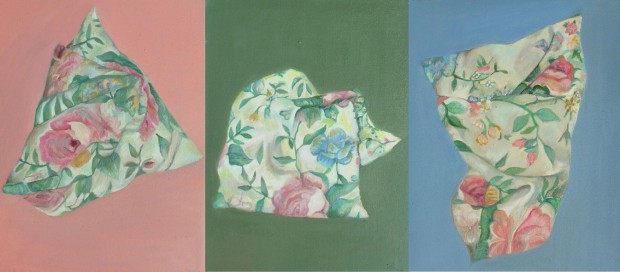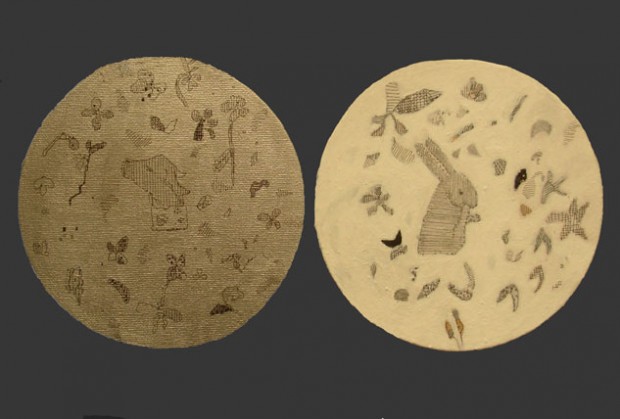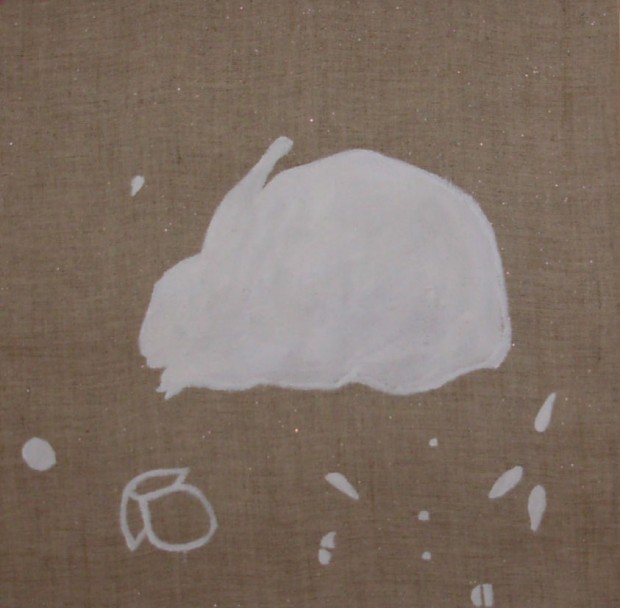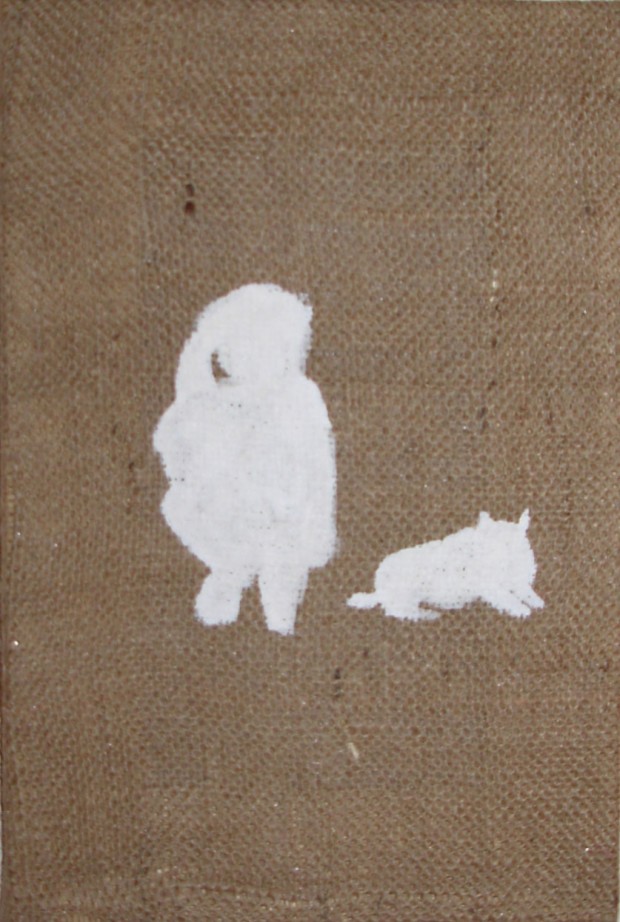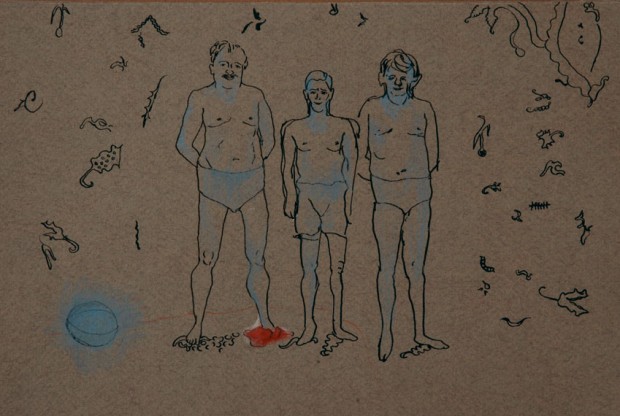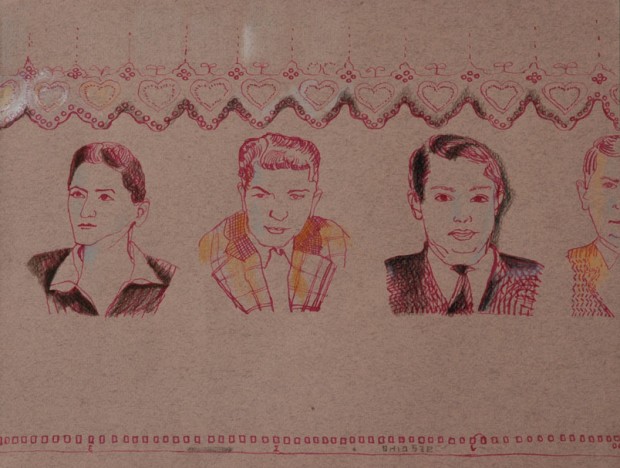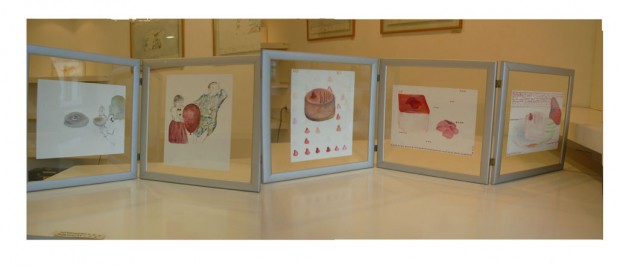In recent years, maybe even for two whole decades, in our environment it has been difficult to find an individual among artists who is engaged in examining the phenomenon of the decorative. Since the time of pattern painting in the early eighties, no significant occurrence of such an approach to painting has been noticed. Thus, it is all the more noteworthy that the young artist Marija Jovanović selected this area of artistic creativity as her research area.
By choosing to review a very old painting genre, ‘mrtva priroda’, she selected a discourse which is closer to the meanings hidden in the names of this narrative in other languages – English ‘Still life’ or Slovenian ‘Tiho zitje’. In her environment of predominantly female household accessories comprising dishes, decorative items, souvenirs and small family valuables, the artist, both very subtly and boldly, finds visual stimuli for the creation of her own world of plastic, as well as the constituents of personal poetics. Focusing on the aforementioned items, their appearance, their functional form, embellishments and beauty, she finds reasons to subject them to creative recycling through which they undergo a miraculous transformation.
The freshness of her approach is revealed in the bold framing, enlarging, unconstrained form segmenting and its fragmentation. Continued work on the decorative/ornamental makes her disassemble and restructure industrially produced patterns into something new, a personalised transcript. Consequently, each of her paintings/drawings represents a cryptogram conveying other, most personal meanings. Regarding object shapes/models, the author, without mimesis, indirectly objectifies them. She achieves this through repetition and multiplication, by varying their size and colouring and by rearranging them within the format of the medium on which she is working, thus creating a visual simulation of the echoing resonance created by touching the material of the painted object, such as porcelain or metal.
Analytically approaching an ornament or decorative pattern, Marija Jovanović reduces it to a linear flow, a formative principle, which establishes a functional form or she reintegrates it further as a carrier of an ornament or a pattern. In such a way, a floral element on porcelain or fabric becomes a spiral that introduces a temporal plan which is a meeting point of different cultures, historical styles and the appropriative character of the young artist’s painting or coloured drawing.
Examining the monumentality of a micro-world, Marija Jovanović creates a labyrinth of meaning, which simultaneously represents the mapping of her movement through the world of art, of her imagination and of her dreams and memories.
Bojana Burić,
Art historian, Faculty of Fine Arts, Beograde
Translated by Aleksandra Đurić-Calcutt

